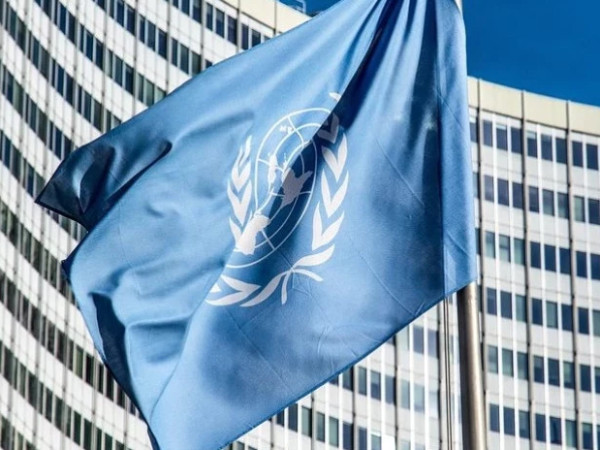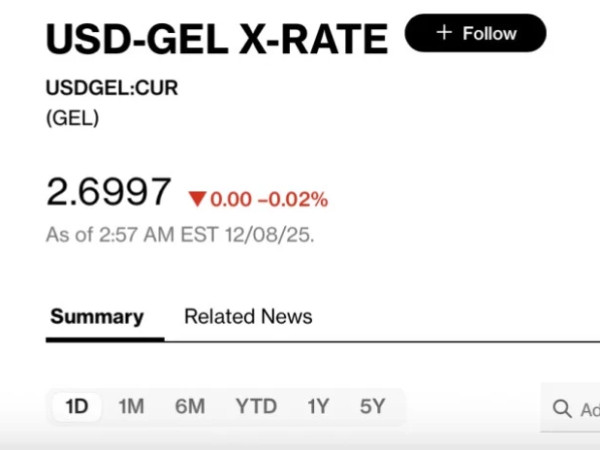On July 30, 2025, the Monetary Policy Committee of the National Bank of Georgia (NBG) decided to keep the monetary policy rate (refinancing rate) unchanged. The monetary policy rate stands at 8%.
As of June 2025, the overall price level in Georgia increased by 4% year-on-year. The moderate increase in inflation compared to the target level of 3% is mainly driven by rising food prices. This partly reflects developments in international food markets and the base effect from last year's low inflation. Notably, inflation expectations remain stable. Service sector inflation, which tends to be stickier and reflects long-term inflation expectations remained below the 3% target, stood at 2.3%. Core inflation has also remained below the target level for nearly two years. In parallel, prices for imported products are deflationary, mainly driven by reduced fuel prices year-over-year. According to the NBG’s central scenario, consistent with the previous quarter’s forecast, inflation in 2025 is expected to temporarily exceed the 3% target, averaging around 3.8%. This outlook largely reflects international developments and base effects from the previous year. Over the medium term, it is expected to stabilize around the 3% target.
Economic activity remains robust. According to the preliminary data, average economic growth for the first five months of the year stood at 8.8%. This performance is largely supported by the enhanced productive capacity of the economy, which helps mitigate inflationary pressures stemming from excess aggregate demand. Given the gradual normalization of fundamental factors alongside strong growth in the first five months, the NBG’s central scenario has revised the 2025 growth forecast upward, from 6.7% to 7.4%.
Global economic uncertainty remains elevated in the light of ongoing geopolitical tensions. As a result, inflation is subject to considerable risks on both the upside and downside. Accordingly, the Monetary Policy Committee considered both high-inflation and low-inflation risk scenarios. On the one hand, the US tariff policy has been revised several times, the re-escalation of which could significantly exacerbate fragmentation in the global economy. This would lead to disruptions in global supply chains, which would create a stagflationary environment. Similarly, intensified geopolitical tension in the Middle East would elevate regional risk and increase pressure on global oil markets adding to supply‑side inflationary pressures. At the same time, trends in the local economy are noteworthy. In particular, inflationary pressures stemming from strong aggregate demand. The realization of these risks require a higher interest rate path compared to the central scenario.
On the other hand, the Monetary Policy Committee considered a low-inflation risk scenario, where the realization of the risks would shape the development of fundamental factors in a way that requires a lower trajectory of the monetary policy rate compared to the central scenario. In particular, against the background of structural changes in the economy, productivity remains at a relatively high level. The scenario also assumes a globally weakened U.S. dollar index (DXY) and a rapid normalization of international food commodity prices. If these tendencies persist, a strengthened exchange rate combined with stable international food commodity prices is expected to exert downward pressure on headline inflation through lower imported inflation.
As a result of macroeconomic analysis and the assessment of existing risks, the Monetary Policy Committee has considered it optimal to adopt a cautious approach toward further normalizing the monetary policy rate, keeping it unchanged at 8%. Upcoming decisions on the monetary policy rate will depend on updated macroeconomic forecast scenarios and risk assessments.
The NBG will use all available instruments to maintain price stability. This means keeping the overall price level increase close to the 3% target over the medium term.
The next meeting of the Monetary Policy Committee will be held on September 10, 2025.
NBG keeps the monetary policy rate unchanged at 8.0%


















